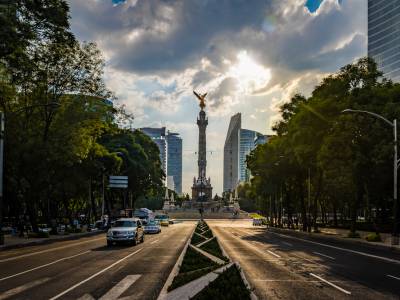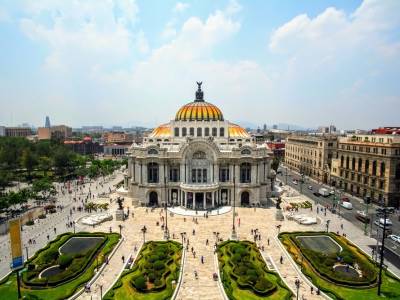-
Mexico
Trans-Pacific Partnership Agreement – CPTPP
19 February 2019
- International trade
On December 30, 2018, the Comprehensive and Progressive Agreement For Trans-Pacific Partnership (“CPTPP”) entered into force
This Treaty is considered the third largest global trade agreement, positioned after the Comprehensive Economic and Trade Agreement between Canada and the EU (“CETA”) and the United States–Mexico–Canada Agreement (“USMCA”). The CPTPP sets forth a model of trade liberalization, aiming to maintain the markets open, increase world trade and create new economic opportunities for the member countries.
The CPTPP reaffirms and materializes a major part of the provisions of the Trans-Pacific Economic Cooperation Agreement (“TPP”), which had been originally signed by 12 countries, subsequently the United States of America (“USA”) announced its withdrawal.
As a result, this Treaty is the agreement reached by the remaining 11 countries of the TPP (Australia, Brunei, Canada, Chile, Japan, Malaysia, Mexico, New Zealand, Peru, Singapore and Vietnam) in an effort to enact its provisions, since the original text is incorporated, except for 22 provisions related to rules presented by the USA, which were suspended.
The Agreement has four main characteristics:
- Improves the access to the markets of the participating countries, eliminating and reducing tariff barriers amongst them. It also increases the pre-existing benefits between countries which had already entered into an agreement.
- Promotes innovation, productivity and competition;
- Encourages inclusive commerce, by incorporating new elements to ensure economic development, such as regulating the activities of state-owned companies, intellectual property, regulatory coherence, electronic commerce and support to Small and Medium Enterprises (“SMEs“) in order to streamline and simplify trade.
- Through a regional integration platform, it aims to enhance the production chain and the possibility of including different and future economies.
To estimate the relevance of the Agreement, the Mexican Ministry of Economy stated that, although the absence of the USA reduced the economic dimensions of the market delimited by this instrument (from 40% to 13% of the world economy), future prospects are favorable since: i) the participation of the 11 countries, creates a market of 500 million consumers, ii) 13.5% of the world’s Gross Domestic Product (GDP) will enter in to this market and iii) the likelihood of incorporation of other countries is probable, which could compensate the absence of the USA.
With the CPTPP, Mexico intends to broaden its trade openness in the most dynamic zone in the world (Asia-Pacific), allowing Mexican products to enter into 6 new countries: Australia, Brunei, Malaysia, New Zealand, Singapore and Vietnam. The aforementioned will promote the diversification of the trade economic activity, bolstering sectors such as agriculture, automotive, aerospace and products such as medical devices, electrical equipment, dairy products, tuna, sardines, cosmetics, tequila, mezcal, beer, etc.
This Agreement will also deepen the access to the Japanese market and will consolidate tariff preferences with countries with which a free trade agreement had already been signed, such as Canada, Chile and Peru.
The main motivation of the Mexican government in the negotiation of the CPTPP is to continue with a trade liberalization policy that began in 1989. Currently, Mexico has a network of 12 free trade agreements with 46 countries; 33 agreements for the reciprocal promotion of investments; and 9 agreements of limited scope (Economic Complementation Agreements and Partial Scope Agreements) within the framework of the Latin American Integration Association.






















